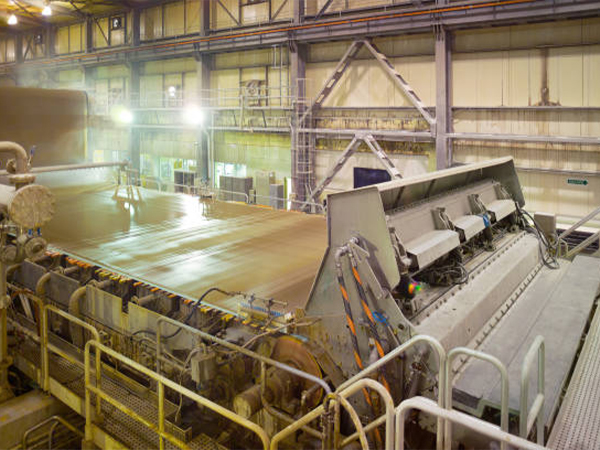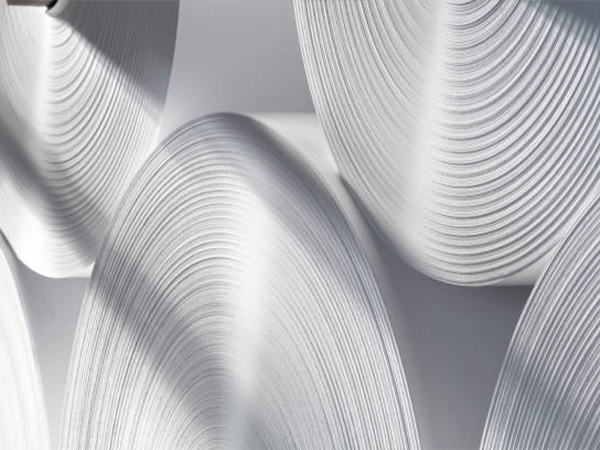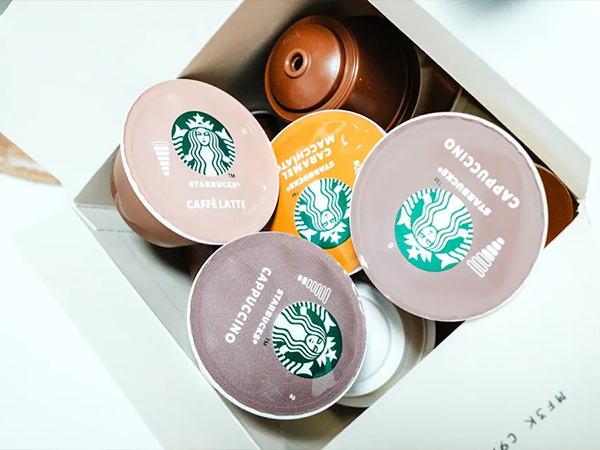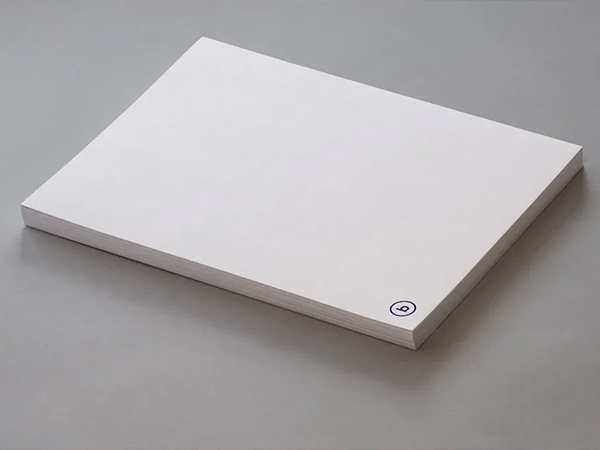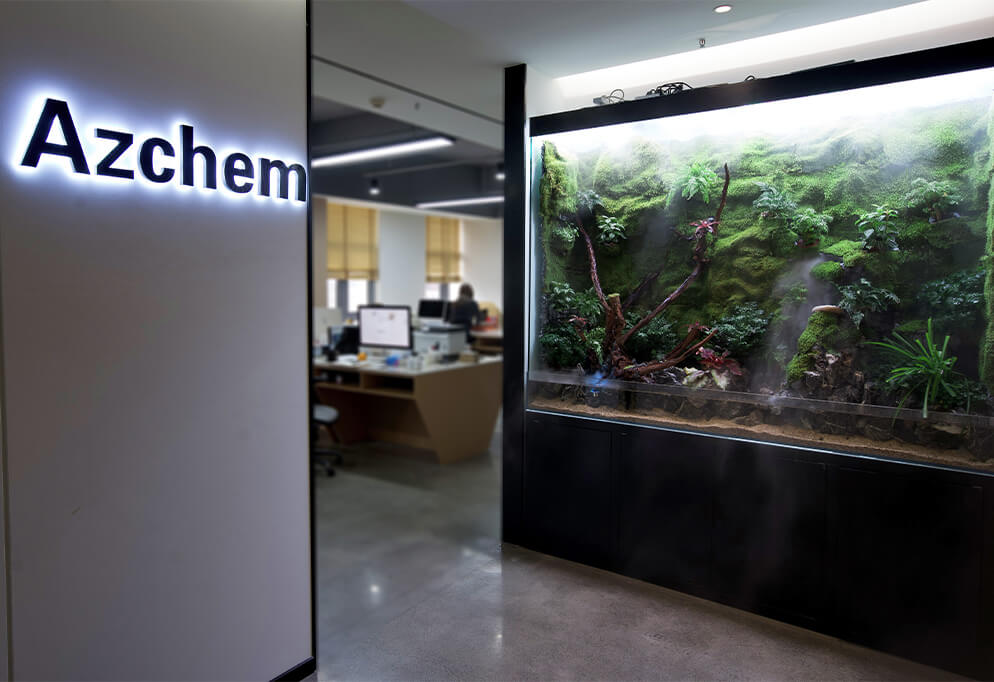Surface sizing is a critical papermaking additive alongside internal sizing, significantly improving paper’s water resistance, oil resistance, and ink printability, while also enhancing surface smoothness, hydrophobicity, and print adaptability. There are two main sizing methods:
- Internal sizing: Applied to the pulp slurry before sheet formation (during pulping or furnish preparation).
- Surface sizing: Applied after sheet formation by coating paper or board surfaces.
Internal sizing agents include rosin, synthetic sizes, paraffin wax, and neutralizing AKD types. Surface sizing agents—often neutral—focus on improving surface finish by reducing porosity and minimizing linting and surface fuzz.
Key Factors Affecting Surface Sizing Performance
1. Paper Substrate Characteristics
- Basis weight: Higher basis weight reduces size pickup, while lower weight increases it.
- Sheet density and porosity: Dense, less porous sheets pick up less size agent.
- Surface roughness: Rough surfaces hinder uniform sizing even with high chemical dosage.
➡ Uniform substrate is essential for optimal surface sizing
2. Existing Sizing Degree
- Unsized sheets can absorb ~100% more size solution, leading to strength loss and increased breakage.
- Beyond a certain sizing threshold, further improvement plateaus.
3. Moisture Content
- Ideal moisture entering the size press: 5–10% for maximum and consistent pickup.
- Uneven moisture affects distribution and sizing uniformity
4. Paper Machine Speed
- Pickup increases from 100 to ~300 m/min, but stabilizes above ~650 m/min.
- In metered application, faster speed reduces dwell time → lower pickup .
5. Size Press Configuration
- Horizontal presses achieve higher pickup than vertical; lower nip pressure and large, softer rolls improve film transfer.
6. Size Solution Properties
- Solids content↑ → higher pickup; but ↑ viscosity reduces flow behavior.
- Viscosity: Lower viscosity enhances pickup; higher viscosity increases film thickness.
- Cationic starch has stronger fiber affinity, limiting penetration and enhancing surface retention.

